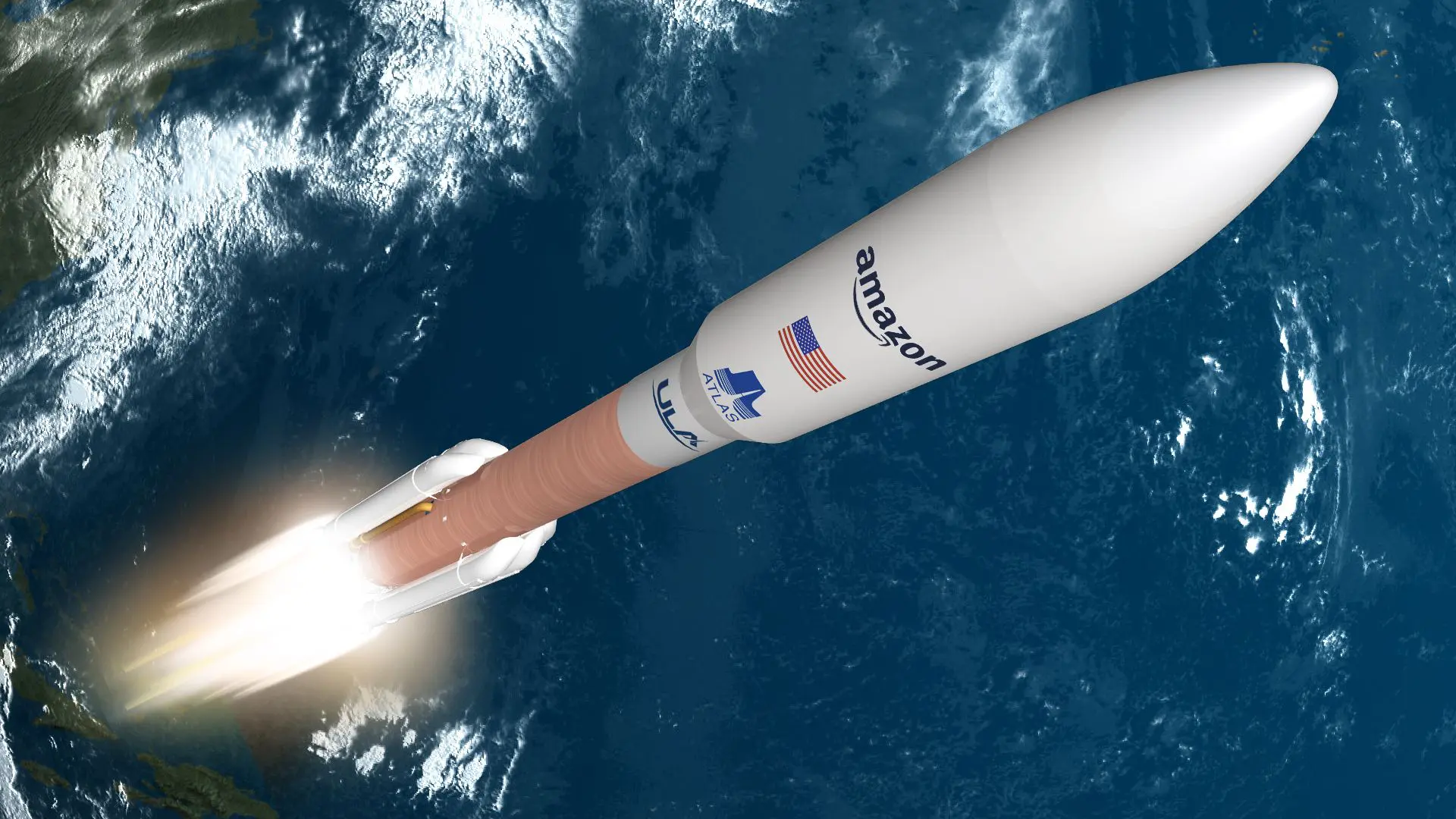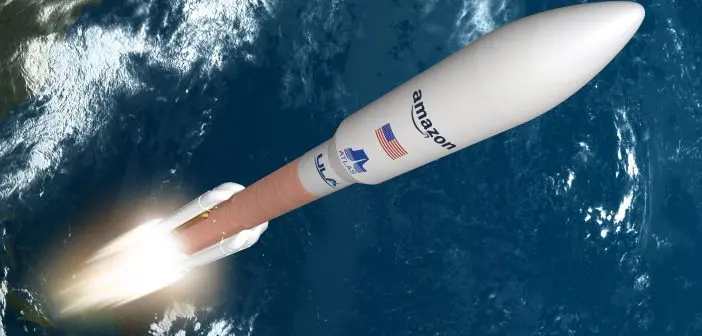
Amazon is preparing to launch its initial batch of Kuiper satellites into orbit next week, the first step by a US provider towards providing an alternative to SpaceX’s Starlink service.
Amazon’s 27 satellites will lift off atop a United Launch Alliance Atlas V rocket on April 28, 2025. Dubbed Project Kuiper and six years in the making, it will be the first of a planned 83 launches that will eventually put over 3,200 communication satellites into low-Earth orbit. Those satellites will offer customers broadband internet connectivity.
Among the likely customers is Australia’s National Broadband Network. Last month, it was reported that Amazon had bested Starlink in a competitive process to provide satellite internet to rural and regional Australia after the decommissioning of the existing Skymuster satellites in 2032.
Amazon has previously said that Australia would be one of the first countries offered access to its satellite internet service, which is due to go online next year.
While declining to name the winning offer, NBN chief executive Ellie Sweeney recently told a Senate Estimates Committee that negotiations were well advanced and she expected to announce a deal soon.
Amazon Kuiper has also said that it plans to build six gateway stations in Indonesia, costing an initial USD20 million, offering Indonesians an alternative to Starlink.
Weather delays earlier launch date
Amazon had hoped the rocket launch would happen on April 9. However, bad weather thwarted that plan. The delayed launch is attracting plenty of interest in non-US markets seeking alternatives to Starlink and developing Chinese constellations.
The business and political activities of SpaceX CEO Elon Musk is causing consternation in some quarters.
“When you’re the only game in town, it gives you a lot of power,” said Chad Anderson, managing partner of space-focused venture capital firm Space Capital, in an interview. “Amazon is one of the only ones that can do this and compete with them head-on. With more options, power shifts to the buyers.”
Musk has previously acknowledged that the Kuiper constellation could pose a competitive threat to Starlink. But he also says Kuiper is a reaction to Starlink’s success. It already has around 8,000 in space and approximately five million customers on Earth.
New April 29 launch date
All going well, the Altas 5 rocket will launch from Cape Canaveral at around 09.00 a.m. (AEST) on April 29. Amazon aims to place the satellites in 98 orbital planes in three orbital layers – 590 kilometres, 610 kilometres, and 630 kilometres altitude.
The launch will fly on a northeast trajectory, which will take the 27 satellites on board to an initial 450 kilometre altitude circular orbit inclined 51.9 degrees to the equator.
United Launch Alliance has fitted the Atlas V rocket with five GEM-63 solid rocket boosters and a 5.4 metre-wide medium-length payload fairing. This configuration allows the rocket to take as many Kuiper satellites as possible to orbit.
In contrast to Starlink, the initial Kuiper constellation will use Ka-band frequencies for communication with both user terminals and gateways. The constellation’s approved orbits concentrate coverage over Earth’s more populous areas.
Kuiper will start service once the first 578 satellites are in their operational orbits. Deployment of the full constellation will occur over five phases.





